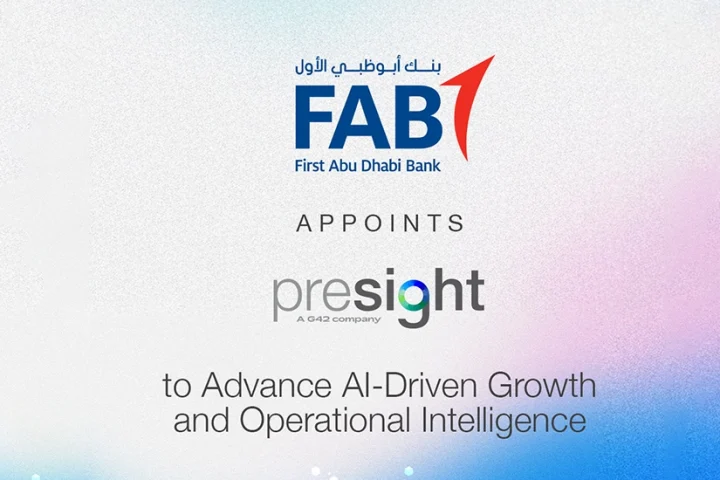Software-as-a-service, SaaS is a form of cloud computing that delivers many benefits, such applications are increasing in demand. Red Hat provides and manages several SaaS applications, including Red Hat Insights, Red Hat OpenShift Cluster Manager, Red Hat Ansible Automation Platform, Cost Management, Migration Services, and Subscription Watch.
“OpenShift provides a single and consistent development model across build, test, deploy, monitor, review lifecycle.”
In terms of hyper scale platforms, Red Hat Enterprise Linux has been the most prominent host for years, supporting and powering software and technologies for automation, cloud, application development, and more. The Red Hat OpenShift Kubernetes container platform will follow suit, carrying out similar application provision and management duties.
At Red Hat, the aim has always been to be open. And to be open, managing hybrid environments is essential. As such, the company has had a vision of Open Hybrid Cloud for nearly 10 years and this is the direction where the industry is moving today. All Red Hat products run across any application, anywhere and anytime – whether they are running on bare metal, virtual private clouds, multiple public clouds and all the way into the edge.
These are accessible for developers, operations teams, and security people, with management automation products and developer tools across a spectrum of platforms.
“Implementation, scalability, data security, cost savings, and access without spatial restrictions are benefits.”
As an ideal solution for large enterprises, small businesses, or individuals that favour software subscription models, have challenges that require minimal customisation to solve, or do not want to maintain infrastructure, platforms, and software, SaaS continues to grow in popularity.
Simple implementation, scalability, data security, cost savings, and access without spatial restrictions are all benefits there be utilised. Furthermore, maintenance and operational responsibilities lie with the supplier, data and analytics are easily available, business continuity is supported in times of crisis, and applications are environmentally sustainable.
Migration is not bound by a particular method and transitions usually fall into one of four categories.
#1 Firstly, there’s Rehost, where an application is moved from one platform to another – in this case an on-premises server to a virtual machine – without making significant changes.
#2 Second is Refactor, where significant application changes are made so it can run in a new environment.
#3 Another method is Replatform, which is a new environment migration requiring some changes to the application, but less involved than a complete rearchitecting.
#4 Finally, there’s Retire, where an application is abandoned in favor of a SaaS solution.
Going beyond the migration journey to the grand scheme of things, Red Hat also has a clear viewpoint when it comes to cloud native. No matter the architecture chosen for applications, what programming language the developers find most useful and what services are desired to be used as building blocks, OpenShift provides a single and consistent development model across the build, test, deploy, monitor, and review lifecycle of the application.
In addition to self-service infrastructure, consistent environments, and automated build and deployment, this model also consists of continuous delivery pipelines, configuration management, and application logs and metrics.
As an enterprise-ready Kubernetes container platform with full-stack automated operations, Red Hat OpenShift help users orchestrate and manage hybrid cloud and multi-cloud deployments, offering the simplicity and automation of the public cloud.
It includes an enterprise-grade Linux operating system, container runtime, networking, monitoring, registry, and authentication and authorisation solutions to support every phase of the deployment process.
Open hybrid cloud is particularly relevant when helping users manage or orchestrate application deployment. As a solution that combines a private cloud with public cloud services, greater flexibility is afforded in every instance as application workloads are moved between cloud solutions in line with particular requirements.
From a business standpoint, no vendor lock-in is another advantage here. Because end users will not be dependent on a single provider, it will be easier to innovate, far simpler to attain organisational needs, and businesses can ultimately reap the rewards that accompany the cloud.
Red Hat also offers many tools to help end users build hybrid cloud and multi-cloud applications to run in containers, including Red Hat CodeReady Workspaces, Red Hat Application Migration Toolkit, Red Hat OpenShift Application Runtimes, and Red Hat Container Catalog.
Red Hat Product Security provides the guidance, stability, and security that end-users need to confidently deploy enterprise solutions. Red Hat collaborates with communities of customers, contributors, and partners to protect against privacy and security risks; helps end-users keep their system updated to minimise the risk of security issues and provide automated analysis of security practices; and investigates, tracks, and explains security issues that may affect end-users.
“Building a cloud strategy using the Open Hybrid Cloud approach enables faster delivery, reduced development time.”
Furthermore, Red Hat ensures timely security fixes, enables customers can obtain and understand security advisories, and works with other vendors to reduce the risk of security issues.
It is important to note that building a cloud strategy using the Open Hybrid Cloud approach enables faster delivery, reduced development time, and quick and effective responses to customers and clients.
Based on Red Hat’s market experience and work with analysts like IDC, similar trends have become apparent and the company is addressing common challenges with three focus areas, namely management and automation, hybrid cloud infrastructure, and application development.
Neither cloud or simply improving existing infrastructure can solve every challenge. However, these needs must be balanced nonetheless and this is why the world is increasingly hybrid.
Red Hat products run across any application, anywhere, anytime, whether on bare metal, virtual private clouds, multiple public clouds into the edge.

























